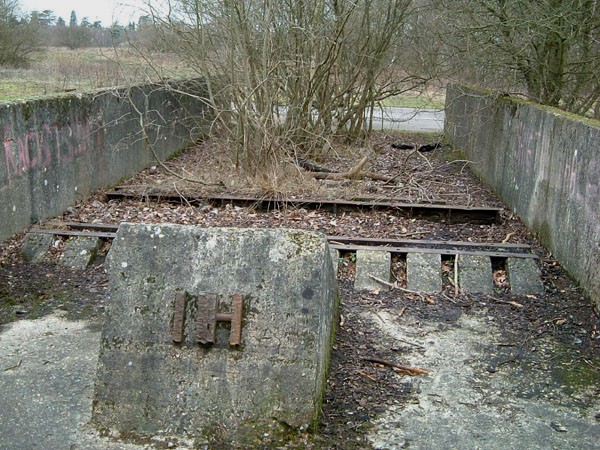
http://www.pillbox-study-group.org.uk/psgwordpress/wp-content/uploads/2013/01/tankramp1.jpg
http://www.pillbox-study-group.org.uk/psgwordpress/wp-content/uploads/2013/01/tankramp2.jpg
http://www.pillbox-study-group.org.uk/psgwordpress/wp-content/uploads/2013/01/tankramp3.jpg
http://www.pillbox-study-group.org.uk/psgwordpress/wp-content/uploads/2013/01/tankramp4.jpg
http://www.pillbox-study-group.org.uk/psgwordpress/wp-content/uploads/2013/01/tankramp5.jpg
http://www.pillbox-study-group.org.uk/psgwordpress/wp-content/uploads/2013/01/tankramp6.jpg
http://www.pillbox-study-group.org.uk/psgwordpress/wp-content/uploads/2019/12/hazeley-heath-042.jpg
http://www.pillbox-study-group.org.uk/psgwordpress/wp-content/uploads/2019/12/hazeley-heath-043.jpg
http://www.pillbox-study-group.org.uk/psgwordpress/wp-content/uploads/2019/12/tank-armour-find-hazeley-027.jpg
Central concrete plinth that bore the RSJ and hawser winch pulley assembly, the small corralled wall area that held the winches operating engine probably once had a tinned roof supported by rail line RSJ’s [now cut off] for protection against the elements and snapping hawser fly back.
